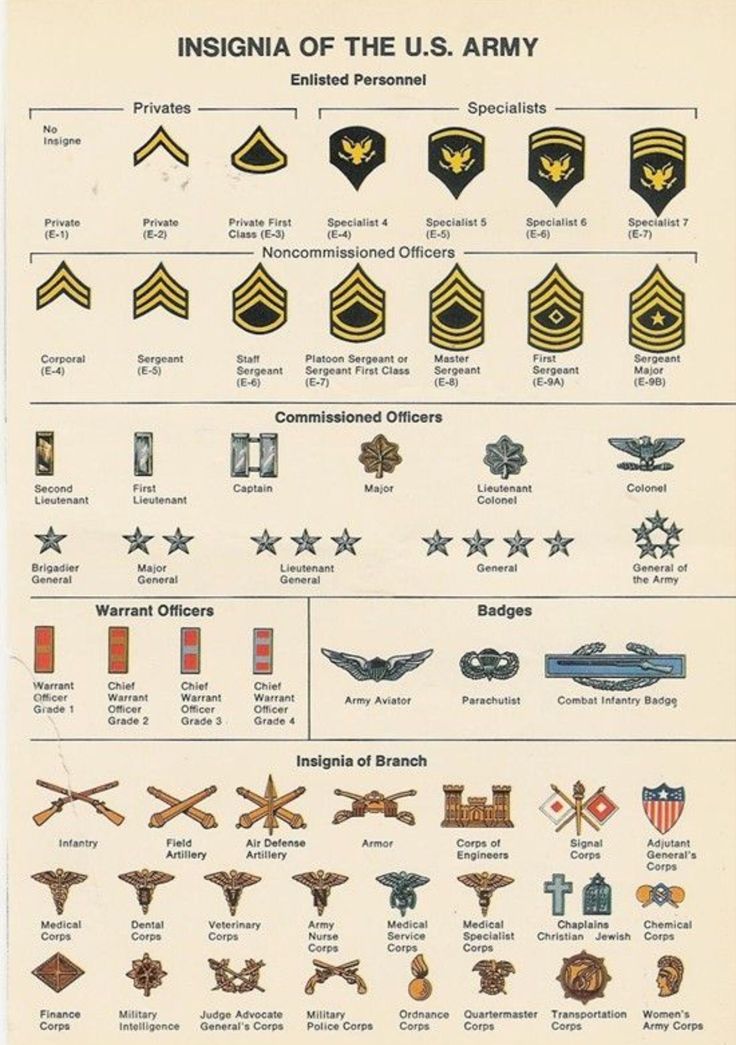Thesoldiersproject is supported by its audience. When you buy through our links, we may earn an affiliate commission. Learn more
Written by Everett Bledsoe / Fact checked by Brain Bartell
There are many things that you need to learn for a smooth transition back into civilian life. One of those things is how to write a retired military signature. You will also need to know and remember small rules, like capitalizing military rank in a sentence. Fortunately, this guide on “How do you write retired military rank and name?” curates everything you need to know.
By the end, you should be able to write military rank and name retired and abbreviate retired military rank without having to pause or second-guess yourself. If you are not a veteran reading this, you will be able to respectfully and appropriately address retired military members.
Table of Contents
The proper way to write retired military rank differs depending on where you are addressing the veteran.
Here is how to write for the address block of an email or letter or an envelope:
For example,
However, when and where the address block of an email or letter or an envelope is used also plays a role.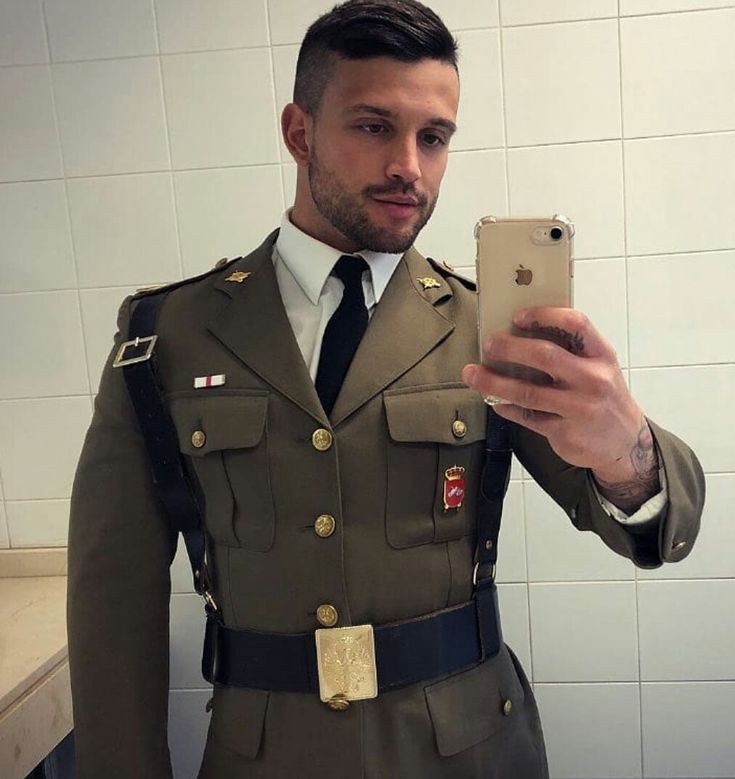
Official correspondence or situation is when the veteran’s participation is related to service in the military, and vice versa for social correspondence or situations.
Similarly, rank is always included in social situations for oral addressing but may or may not be in official situations. Again, it relies on whether the situation is directly related to the veteran’s service in the military.
Note: Rank is not included when the veteran leaves service before his/her designated retirement, even if he/she was discharged under honorable conditions.
In any case, however, abbreviations can be used. They are more commonly referred to as service specific abbreviations. Thanks to them, it is possible to identify a member of the Armed Forces at first glance. Anyone—civilian military personnel—can use them at any time.
The abbreviations are by rank (From highest to lowest) for each military branch, as follows:
STANDARD STYLEThe U.S Army
The U.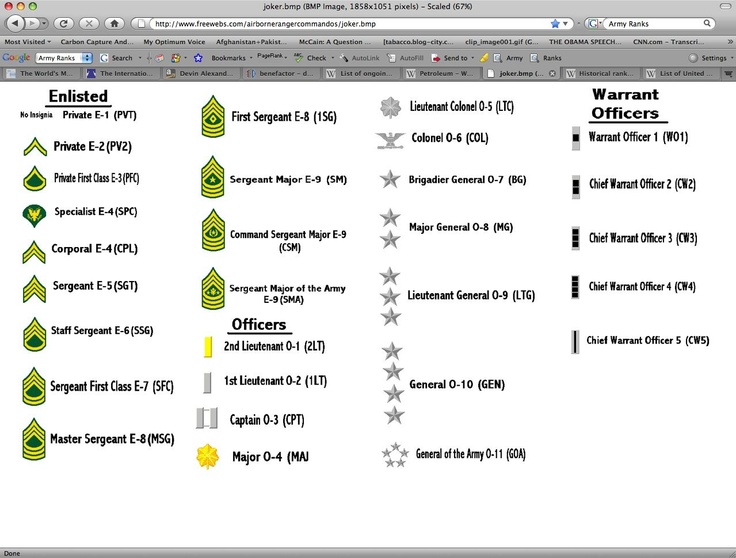 S Navy
S Navy
The U.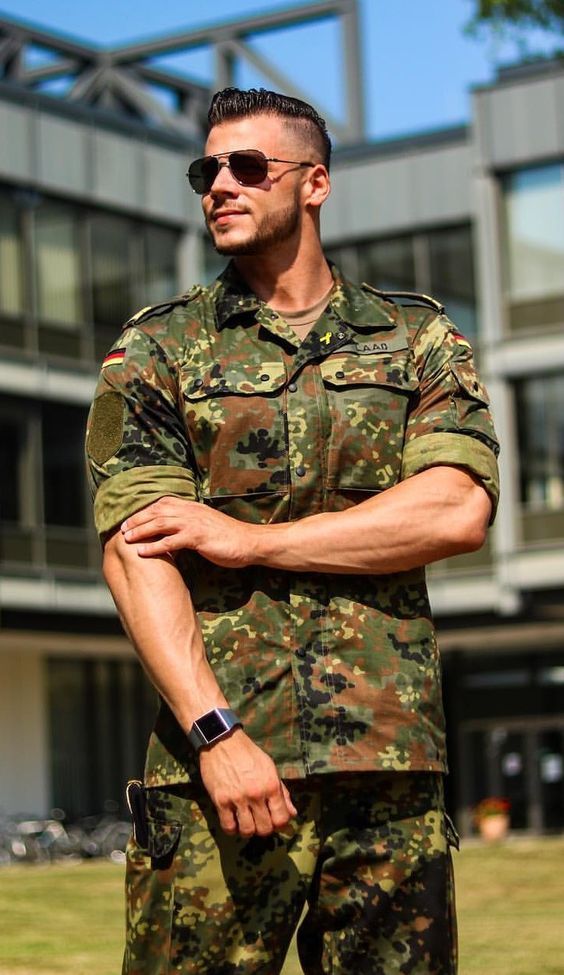 S Marine Corps
S Marine Corps
The U.S Air Force
The U.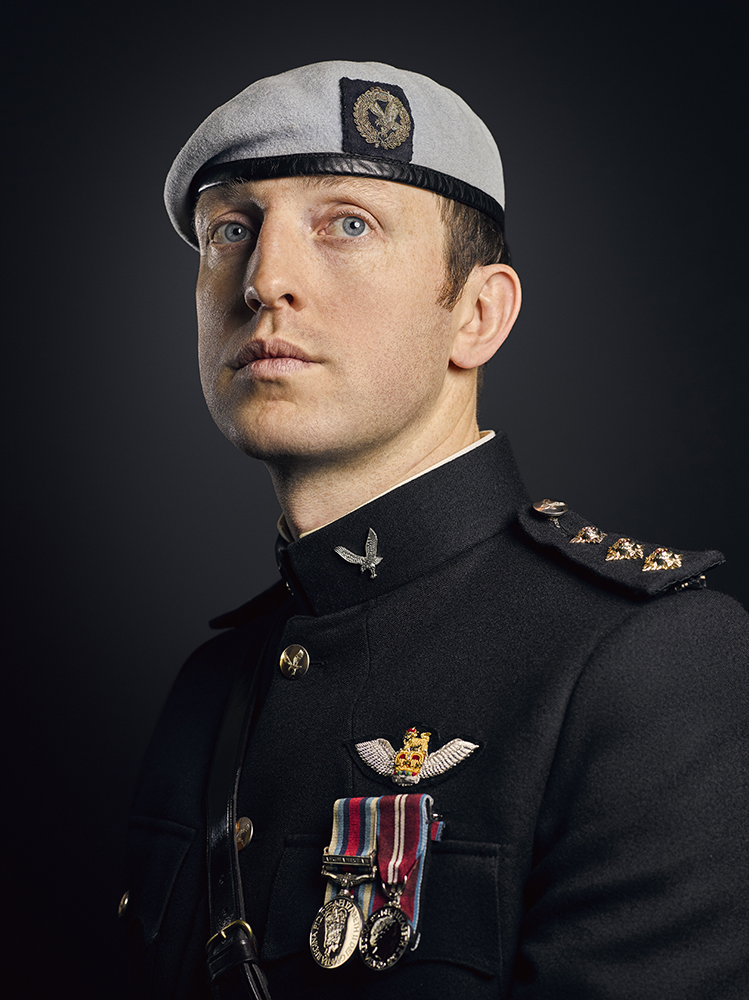 S Coast Guard
S Coast Guard
Army, Marine Corps, and Air Force
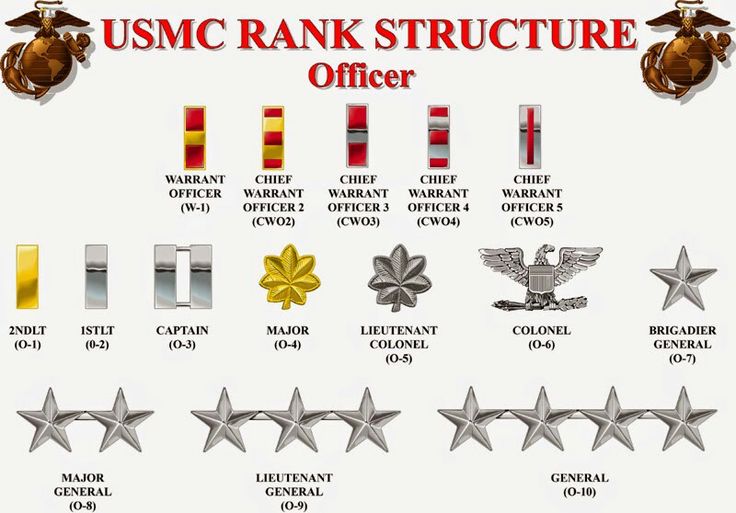
Navy & Coast Guard
Enlisted Ranks:
Army
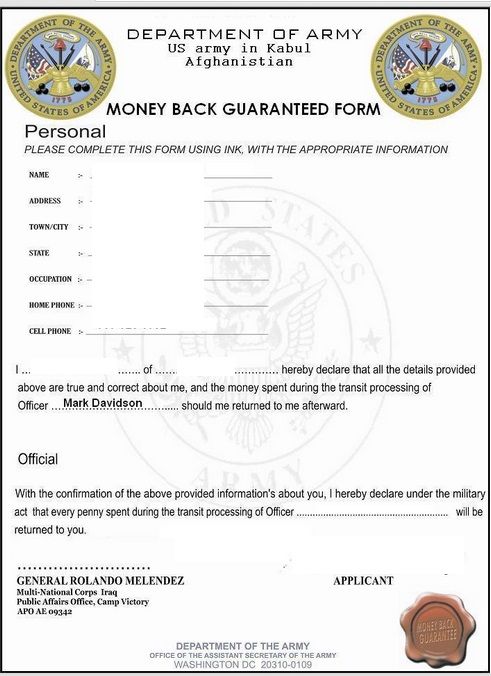 Maj. of the Army
Maj. of the ArmyMarine Corps
Air Force

Note: Service specific abbreviations can be used to address retired reservists, using the formula: (Rank) (Full Name), (Abbreviation for Service Branch), Retired/Ret.
For example, you would write retired army rank like this: GEN Tom Smith, USA, Retired.
That wraps up our article on “How do you write retired military rank and name?” Hopefully, you have picked up a lot of useful information. If you have any questions, feel free to reach out to us in the comments.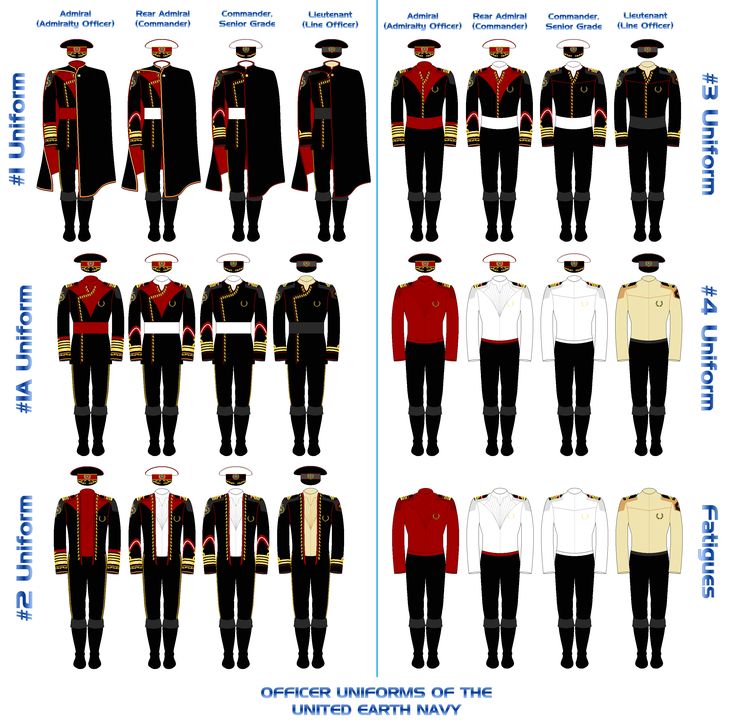 We would love to hear from you!
We would love to hear from you!
Everett Bledsoe
I am Everett Bledsoe, taking on the responsibility of content producer for The Soldiers Project. My purpose in this project is to give honest reviews on the gear utilized and tested over time. Of course, you cannot go wrong when checking out our package of information and guide, too, as they come from reliable sources and years of experience.
See List of All ‘How To Address’ Posts
On this page:
___How to Address Retired Military (See below)
___Retired or Ret.? – Spelled Out or Abbreviated?
___Retired – In Parentheses of Not?
How to Address Retired Officers or Enlisted Personnel
United States Armed Services
—-Envelope or address block on letter or email:
—-—-(Full rank) (full name), USA/USAF/USMC, Retired
—-—-(Address)
—-—-—-or
——–—-(Full rank) (full name), USA/USAF/USMC, Ret.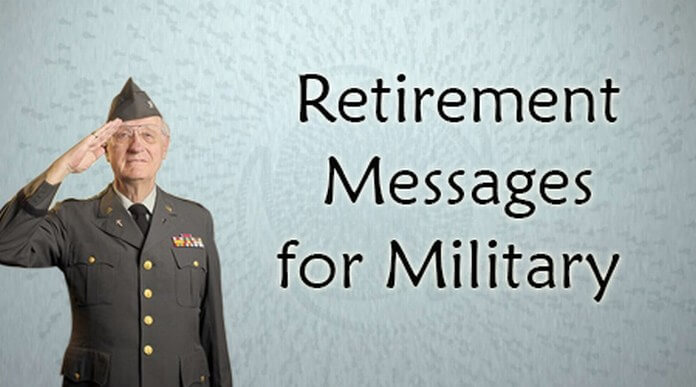
——–—-(Address)
—-—-—-
—-—-(Full rank) (full name), USN/USCG, Retired
—-—-(Address)
—-—-—-or
—-——–(Full rank) (full name), USN/USCG, Ret.
——–—-(Address)
——–—-Which looks like ….
—-——–—-Captain Robert W. Thompson, USN, Retired
——–—-—-(Address)
——–—-———or
——–—-—-Captain Robert W. Thompson, USN, Ret.
—-—-—-—-(Address)
—-Envelope, Social:
—-—-(Full rank) (full name)
—-—-(Address)
—-—-Which looks like …. How To Address Retired US Military
How To Address Retired US Military
—-—-—-Captain Robert W. Thompson
—-—-—-(Address)
—-Letter salutation both official and social: How To Address Retired US Military
–——-Dear (basic rank) (surname):
Robert Hickey author of “Honor & Respect”
—-#1) The branch of service designation – USA, USMC, USN, USAF or USCG – and “Retired” or “Ret.” are used on official correspondence and in official situations when it is important to specify the person is retired and is not on active duty.
—-#2) The service designation and retired are not used on social correspondence or in social situations. Fully retired personnel are orally addressed by rank at their preference in (1) social situations and (2) official situations when their participation is related to their service in the military.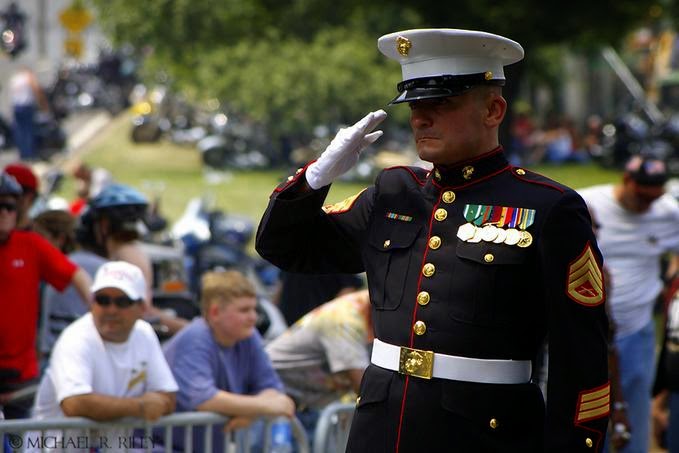
—-#3) In every case the service-specific abbreviation for the (full rank) can be used. These service-specific abbreviations are standard usage within the armed services.
—-#4) Follow this link for how to socially address a military couple.
Robert Hickey author of “Honor & Respect”
We have been struggling with setting up consistent prefixes and suffixes in our database for our military grads.
—-#1) For retired service folks should we spell our “Retired” or use the “Ret.” abbreviation?
—-#2) Is there a comma after the branch of service or is it “USN Ret.”
–––––––––––––––— Development Office, George Mason University, Fairfax, Virginia
Dear Fund Raiser: How To Address Retired US Military
For official correspondence DOD guides use the comma … and either Ret. or Retired is acceptable. The show two formulas:
The show two formulas:
——–(Rank) (Full Name), (Branch of Service), (Retired)
——–(Rank) (Full Name), (Branch of Service), (Ret.)
——–Brigadier General Arthur Portnow, USA, Retired
——–Brigadier General Arthur Portnow, USA, Ret.
You may want to consider for your database using the service-specific abbreviations for the ranks:
—-—-BG Arthur Portnow, USA, Retired
—-—-BG Arthur Portnow, USA, Ret.
DOD people like the service-specific abbreviations because they will know a BG is in the Army, and a BGen is a Marine. All those service-specific abbreviations … for the USA, USN, USMC, USAF and USCG …. are in my book and elsewhere. If you want to use them – do so. If you don’t, just spell out the rank fully.
Note that the branch of service and retired status may not be necessary for what you are doing:
–—-#1) On social correspondence (personal letters, invitations or cards) – active duty vs.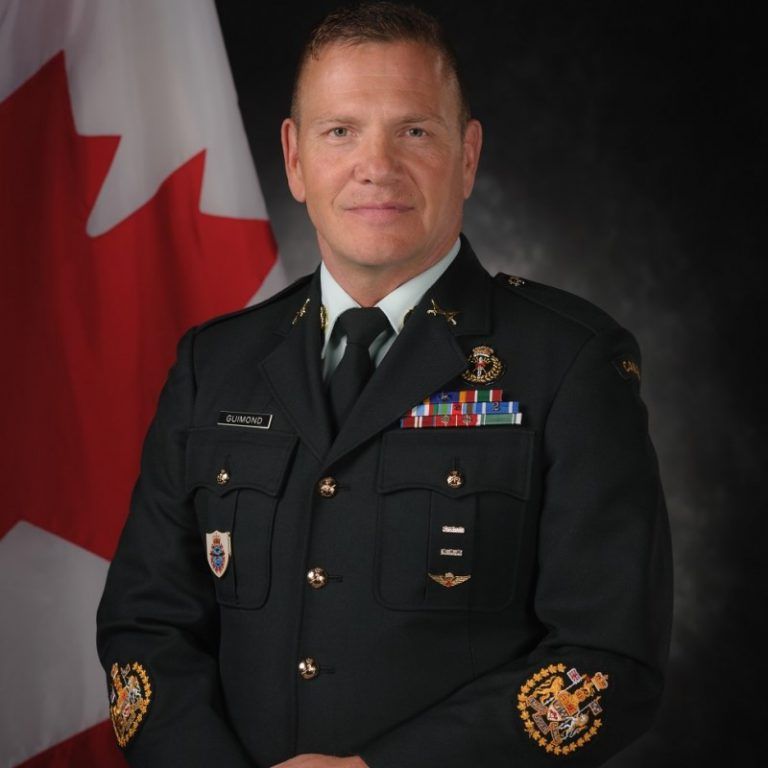 retired status – and branch of service … are not pertinent … and thus not suggested in DOD guides.
retired status – and branch of service … are not pertinent … and thus not suggested in DOD guides.
–—-#2) On official correspondence branch of service and Retired are pertinent — and are used whenever in military environments where active duty personnel are present.
— Robert Hickey How To Address Retired US Military
Regarding your advice to write one’s name when retired.
––––––MSgt Trevor Ross, USAF, (Ret.)
With parentheses as shown above is the correct way to signify for retirees — not as you advise.
––––––––––––––––— T.R.
Dear TR:
Thanks for your note, but the DoD style books disagree with you. Either of these forms is correct if you follow those.
––––––MSgt Trevor Ross, USAF, Retired
––––––MSgt Trevor Ross, USAF, Ret.
Here’s why: DoD stylebooks suggest:
––––––(Rank) (Name), (Branch of Service), (Retired)
––––––(Rank) (Name), (Branch of Service), (Ret.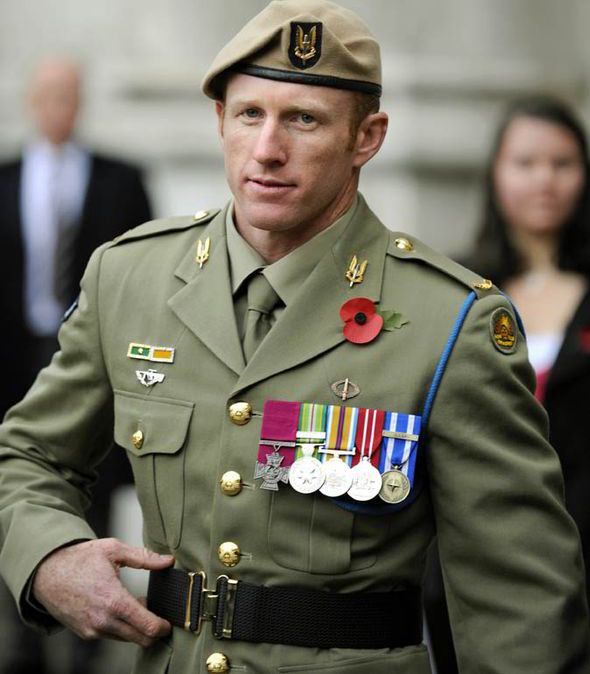 )
)
Every protocol officer I’ve polled (and that is a large number including the offices of the Secretary of Defense, Joint Chiefs of Staff, and the Secretaries of all the services) says the DoD stylebook is not suggesting to include parentheses around Ret. anymore than it is suggesting to put parentheses around the (Rank) or (Name).
So while I agree you do see people using the parentheses around Ret. – I present the style suggested by the protocol officers at the top of the Pentagon …. and they all say “no parentheses.”
— Robert Hickey
Robert Hickey author of “Honor & Respect”
You can use these forms of address for any mode of communication: addressing a letter, invitation, card or Email. (If there are differences between the official and social forms of address, I will have mentioned the different forms.) The form noted in the salutation is the same form you say when you say their name in conversation or when you greet them.
___What I don’t cover on this site are many things I do cover in my book: all the rules of forms of address, about names, international titles, precedence, complimentary closes, details on invitations, place cards, all sorts of introductions, etc. I hope you’ll get a copy of the book if you’d like the further detail.
—-#1) At right on desktops, at the bottom of every page on tablets and phones, is a list of all the offices, officials & topics covered on the site.
—-#2) If you don’t see the official you seek included or your question answered send me an e-mail. I am pretty fast at sending a reply: usually the next day or so (unless I am traveling.) Note: I don’t have mailing or Email addresses for any of the officials and I don’t keep track of offices that exist only in history books.
—-#3) If I think your question is of interest to others, Sometimes I post the question – but always change all the specifics.
— Robert Hickey
Robert Hickey author of “Honor & Respect”
Recommended Resources: The Protocol School of Washington (PSOW) and Protocol and Diplomacy International – Protocol Officers Association (PDI-POA) For more information see the Protocol Resources page.
Robert Hickey2021-08-28T14:10:40-04:00Abbess Abbot
Accountant
Acting Official
Adjutant General
Administrator City County
Admiral
Admiral, Texas Navy
Adventist Minister
Alderman
Ambassador Foreign
Ambassador Goodwill
Ambassador US by US Citizen
Ambassador US Retired Former
Ambassador US to the UK
Archbishop Anglican
Archbishop Catholic
Archbishop Orthodox
Archdeacon Episcopal
Archimandrite
Architect
Archpriest
Assemblyman -woman
Associate Justice State
Associate Justice US
Astronaut
Attaché Diplomat
Attorney
Attorney General Assistant
Attorney General Associate
Attorney General Deputy
Attorney General of a State
Attorney General of US
Attorney US
Attorney US Assistant
Australian Officials
Author’s Name on a Book
Award, Name on an
Baron Baroness
Beatitude
Bishop Catholic
Bishop Episcopal
Bishop Orthodox
Bishop Presiding
Board Chair
Board Member
Boy
Brigadier General
British Officials
British Royalty Nobility
Brother Anglican
Brother Catholic
Brother Orthodox
Business Cards
Canadian Officials
Candidate
Captain
Cardinal
Certificate, Name on a
Chair of Board
Chair Use Of
Chancellor
Chaplain Congress
Chaplain Military
Chaplain University
Chargé d’Affaires
Chief Indian
Chief Judge
Chief Justice State
Chief Justice US
Chief of Mission
Chief of Mission Deputy
Chief of Police
Chief of Staff POTUS
Child
Chiropractor
City Manager Administrator
Clerk of a Court
Colonel
Colonel Kentucky
Commandant
Commission Chair or Member
Commissioner Court
Commissioner Federal
Commissioner Sport
Commissioner State
Commodore Yacht Club
Congressman -woman
Consul, Consul General
Corporate Executive
Councilman -woman
Counselor Diplomat
Countess
County Executive
County Manager Administrator
Couple Clergy
Couple Military
Couple Private Citizens
Couple US Officials
Curator
Dalai Lama
Dame
Deacon Catholic
Deacon Orthodox
Deacon Protestant
Dean Academic
Dean Clergy
Deceased Names of
Degree Honorary
Delegate State
Delegate US
Dentist
Deputy Chief of Mission
Deputy Marshal US
Deputy Secretary US
Designate
Detective
Diploma, Name on a
Director
District Attorney
Divorced
Doctor Medical
Doctor Military
Doctorate Honorary
Doctorate, Use of
Dowager
Duke Duchess
Earl
Elder Adventist
Elect
Emeritus Emerita
Eminence
Emperor Empress
Engineer
Esquire Esq.
Excellency
Executive County
Family
Fiancé Fiancée
Firefighter
First Husband
First Lady, Church
First Lady, State
First Lady, USA
First Lieutenant
First Names
First Secretary
Former Official
Freeholder
Gay Couple
General
Geshe
Girl
Governor General
Governor Staff Of
Governor Tribal
Governor US State
Governor US State Spouse
Governors Board of
Gravestone Gravemarker
Headmaster School
Headstone Name On
High Commissioner
Honorable The, Use Of
Honorary Degree
Honourable The
II, III, IV etc.
Inspector General
Interim
Introductions Names In
Invitations All About
Invitations All About, Military
Judge Federal
Judge Retired Former
Judge State County City
Junior, II, III, IV etc
Justice Associate US
Justice Chief US
Justice of the Peace
King
Knight
Late, The, Use of
Lawyer
Lesbian Couple
Lieutenant
Lieutenant Colonel
Lieutenant General
Lieutenant Governor
Lieutenant Governor Spouse
Lieutenant jg
Lord Lady
Ma’am
Magistrate
Major
Major General
Man Business
Man Socially
Manager City Town
Marquess Marchioness
Married Woman
Marshal US
Mayor Canadian
Mayor US City
Mayor Vice US City
Medic
Military Active Duty
Military Couples
Military Doctor
Military Rank Abbreviations
Military Retired How to Address
Military Retired Use of Rank By
Military Veterans, Use of Rank
Minister Adventist
Minister Protestant
Miss
Monk Christian Orthodox
Monsignor
Most Reverend
Mother Superior
Mrs. vs. Ms.
vs. Ms.
Mx.
Name Badge
Name Tent
Naming a Building Road or Gallery
Nobilty Former
Nominee
Nun Catholic
Nun Christian Orthodox
Nurse
Optometrist
Osteopath
Pastor
Pastor Spouse
Patriarch Christian Orthodox
Patriarch Ecumenical
Permanent Representative
Petty Officers
Pharmacist
Physician, MD
Place Cards, Names on
Plaque, Name on a
Podiatrist
Police Officer
Pope Catholic
Pope Coptic
Post-Nominal Abbreviations
Postmaster General
Postmaster Local
Presbyter Christian Orthodox
President College Univ
President Corporate
President School
President State Assembly
President US Senate
President USA
President USA Elect
President USA Former
President USA Spouse
Priest Catholic
Priest Christian Othrodox
Priest Episcopal
Prime Minister
Principal
Pro Tempore
Professor, Email
Professor, Letter
Psychologist
Public Health Service
Queen
Rabbi
Ranger Texas
Rear Admiral
Representative State
Representative US
Reservist
Reservist Use of Rank
Resident Commissioner
Retiree
Reverend, Use of
Right Reverend
Ruler
Salvation Army
Same-Sex Couple
School Board
Second Gentleman
Second Lady
Second Lieutenant
Second Secretary
Secretary General
Secretary US Assistant
Secretary US Cabinet
Secretary US Deputy
Secretary US Under
Secretary, State Cabinet
Selectman, First Selectman
Senator Canadian
Senator US Federal
Senator US State
Senior Judge
Senior, Junior
Sergeant
Sergeant at Arms
Sheriff
Signature, Your
Sir
Sister Catholic
Solicitor General
Speaker US
Speaker US, Former
Specialist
Spouse of Official
State Attorney
Surgeon General
Table Tent, Names on
Texas Ranger
Therapist
Third Secretary
Titles Useless
Tombstones Name On
Town Justice
Town Manager Administrator
Tribal Officials
Two Titles
Two Titles, Clergy
Undersecretary US
Venerable
Very Reverend
Veterans Military, Use of Rank
Veterinarian
VFW Official
Vice Admiral
Vice Mayor US City
Vice President Elect
Vice President US
Vice President US Former
Vice President US Husband
Vice President US Wife
Viscount Viscountess
Warrant Officer
White House Staff
Widow
Woman Business
Woman Socially
Search for:
Page load link Go to Top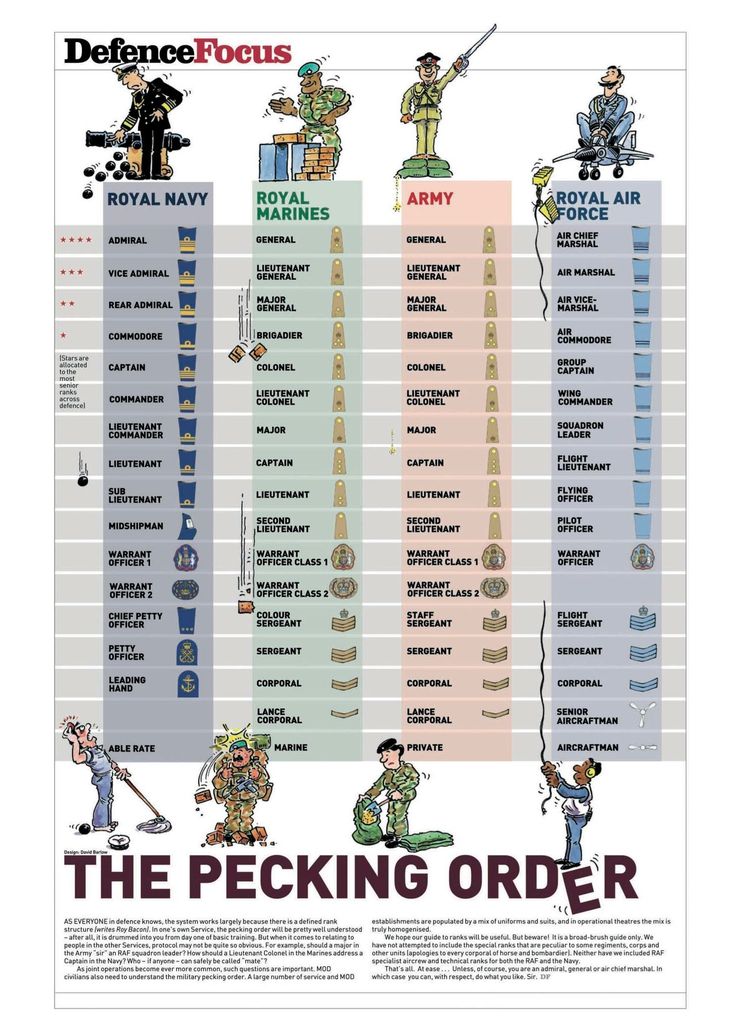 Ru
Ru 18.01.2011
President Dmitry Medvedev once again announced that all military personnel standing in line for housing should be provided with the required square meters before the end of 2012. While new houses for officers are being built in the regions, old military camps are being liquidated and the buildings are being transferred to municipal ownership. In the Krasnoyarsk Territory, neither one nor the other happens. nine0008
Last week, during a visit to the city of Podolsk, where the Grasshoppers residential area is being built for the needs of the Ministry of Defense, President Dmitry Medvedev got acquainted with plans for the construction and purchase of housing for military personnel in different regions of the Russian Federation. In a conversation with Defense Minister Anatoly Serdyukov, the president emphasized that all military personnel who were fired before 2005 should have already moved to new apartments.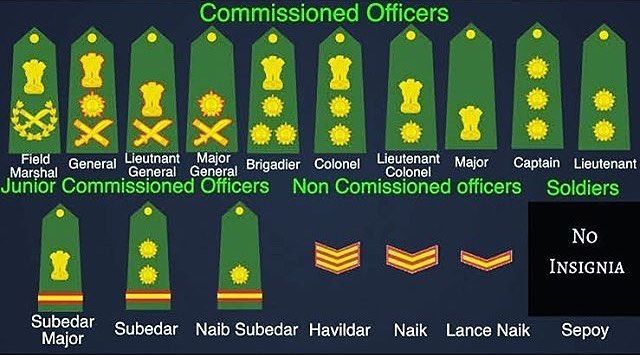 And the queue, "accumulated" since then, is planned to be completely eliminated in 2012. Recall that, according to the law, a serviceman cannot be fired without providing housing. nine0003
And the queue, "accumulated" since then, is planned to be completely eliminated in 2012. Recall that, according to the law, a serviceman cannot be fired without providing housing. nine0003
Krasnoyarsk officials assure that it will not be difficult to fulfill the President's order at the local level. True, housing for military personnel in the Krasnoyarsk Territory has not been built for a long time. Apartments are purchased with federal funds in ready-made houses of local developers.
“Today, housing for military personnel is not being built in the region,” explains Evgeny Remizov, deputy military commissar of the Krasnoyarsk Territory for educational work. - By order of the Minister of Defense No. 1280 dated September 30, 2010, which entered into force on November 27, a housing department was created in Moscow, whose jurisdiction includes work on the purchase of housing for military personnel. nine0003
Moreover, as Remizov explained, apartments are being purchased for retired officers both in the primary and secondary housing markets.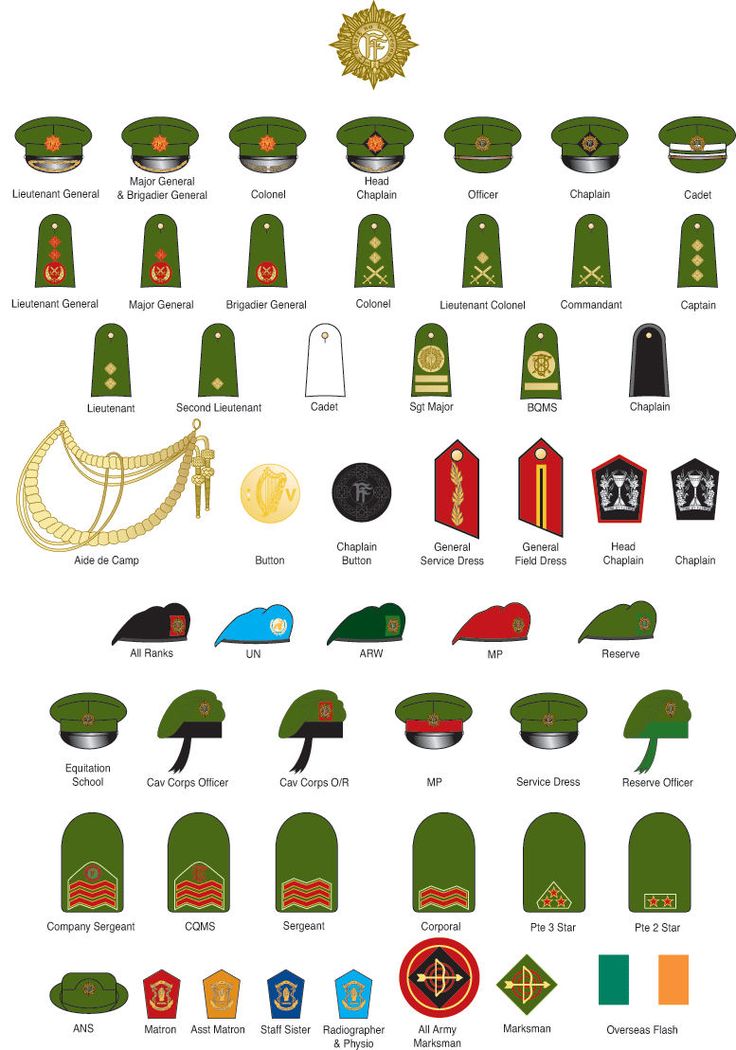 True, new buildings are still given priority. This is confirmed by the section “Housing for military personnel” created on the Internet portal of the Ministry of Defense, on which a list of addresses available for settlement has been published for each region. Interestingly, for the Krasnoyarsk Territory, the list is limited to buildings built exclusively in the regional center. It included houses on the streets of Alekseev, Urvantsev, Shumyatsky, Vilsky, Gusarov, Karaulnaya, Amurskaya, Courage and 60 years of the Formation of the USSR in the Solnechny microdistrict. There are 15 buildings in total. For comparison, there are 17 similar addresses in the Tomsk region, 20 in the Novosibirsk region, 5 in the Kemerovo region, and 241 in the Moscow region.
True, new buildings are still given priority. This is confirmed by the section “Housing for military personnel” created on the Internet portal of the Ministry of Defense, on which a list of addresses available for settlement has been published for each region. Interestingly, for the Krasnoyarsk Territory, the list is limited to buildings built exclusively in the regional center. It included houses on the streets of Alekseev, Urvantsev, Shumyatsky, Vilsky, Gusarov, Karaulnaya, Amurskaya, Courage and 60 years of the Formation of the USSR in the Solnechny microdistrict. There are 15 buildings in total. For comparison, there are 17 similar addresses in the Tomsk region, 20 in the Novosibirsk region, 5 in the Kemerovo region, and 241 in the Moscow region.
Newslab.ru has not been able to find out the exact number of servicemen who are in line for housing in our region. The agency responsible for issuing documents for the settlement of the military - the Krasnoyarsk housing and operational unit - refused to provide information.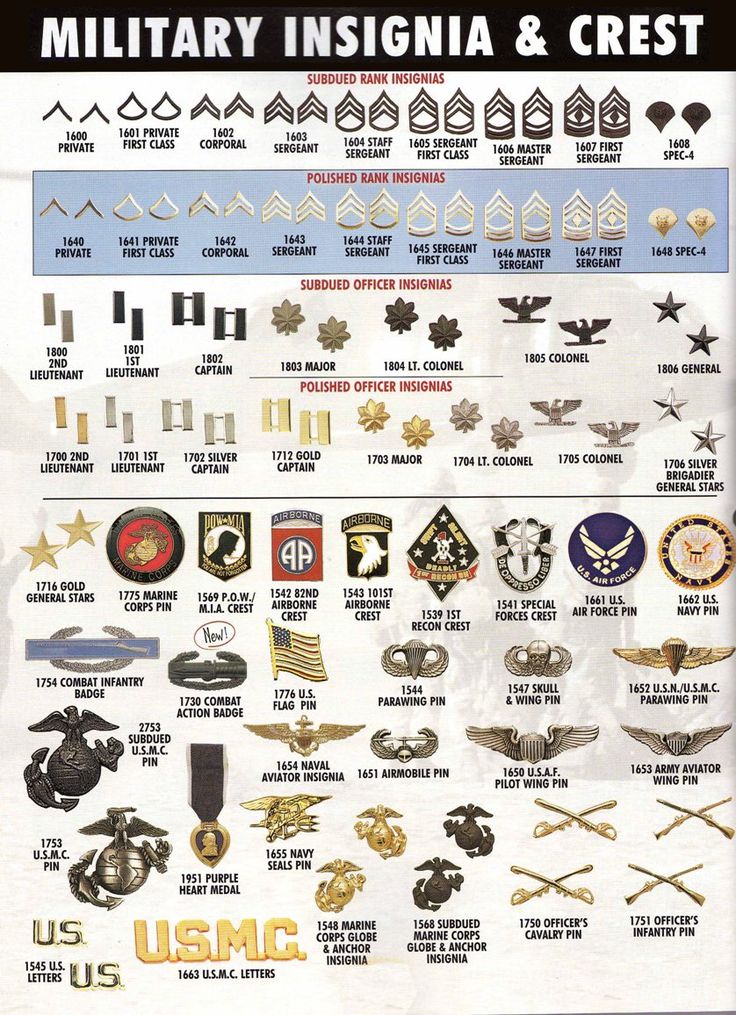 It is known that about 80 officers of the military commissariat are not provided with housing.
It is known that about 80 officers of the military commissariat are not provided with housing.
“In 2010, our employees received 67 apartments,” says Remizov. — The settlement process is still going on. nine0003
Residential premises purchased by the Ministry of Defense become municipal property, and the families of retired soldiers receive the right to live in them under a social tenancy agreement. In accordance with the rules of municipal rent, square meters are distributed (by the number of family members, for example). As the military registration and enlistment office explained, officers on the waiting list for housing can refuse the proposed apartment option three times.
As for construction for the military, such construction is currently underway only in a few regions of the country: in the Moscow, Leningrad, Kaliningrad regions, in the Krasnodar and Primorsky territories, etc. Building is being carried out in whole microdistricts, similar to military camps.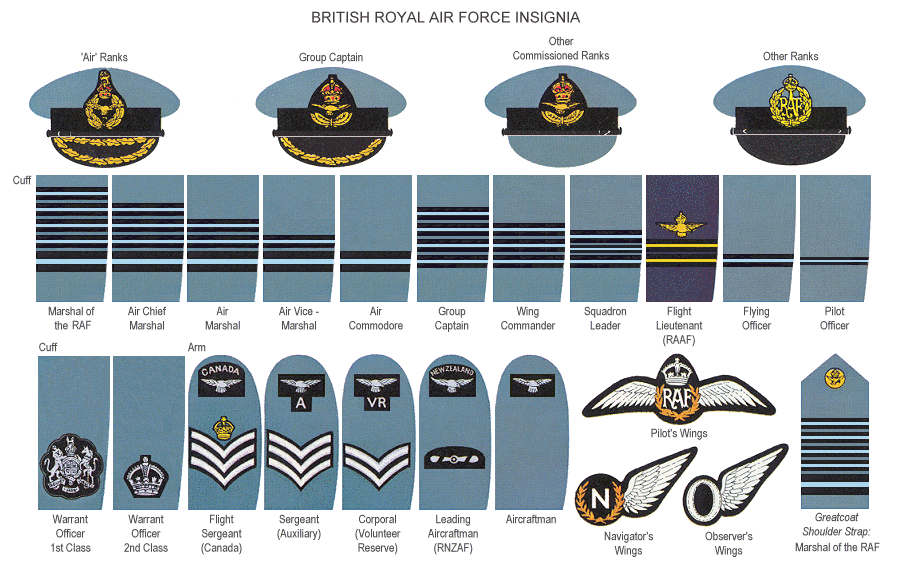 This is against the background that, in the whole country, similar settlements are being liquidated. As it was announced last summer, in the coming years the number of military camps in the Russian Federation will be reduced from 8 thousand to 184. However, while the process of their abolition in the territory of the region is marking time. nine0003
This is against the background that, in the whole country, similar settlements are being liquidated. As it was announced last summer, in the coming years the number of military camps in the Russian Federation will be reduced from 8 thousand to 184. However, while the process of their abolition in the territory of the region is marking time. nine0003
“Today, documentation for these facilities is being prepared,” explains the acting press secretary of the commander of the Central Military District, Lieutenant Colonel Igor Gorbul. - A final decision has not yet been made whether to transfer the buildings to municipal use, or somehow use them for another purpose. The process has just begun.
Semyon Kotov, photo by Alexander Paniotov
nine0038 Share 00 Discuss on the forum
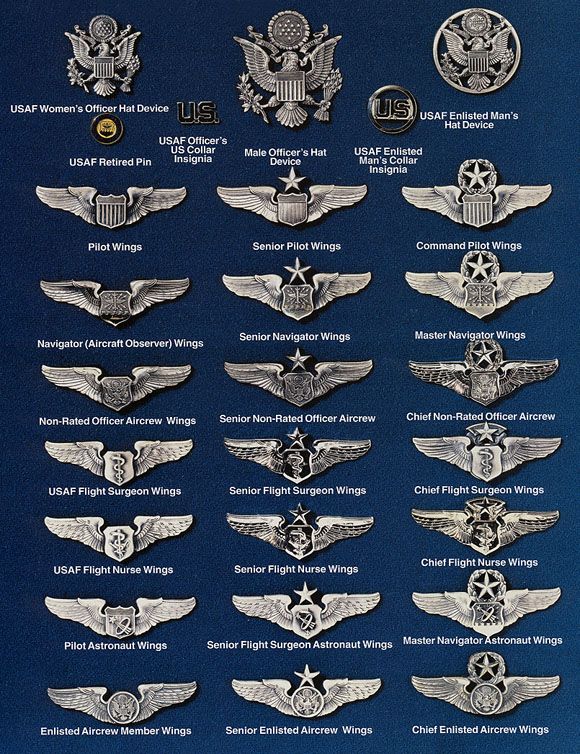 Who exactly did the Russian army lose in Ukraine
Who exactly did the Russian army lose in Ukraine
As of September 1, according to open data from the BBC, it was possible to establish the death of 151 GRU special forces servicemen, almost one in four of them is an officer (22% ). These figures do not reflect the real number of casualties, but they make it possible to at least roughly estimate how many special forces soldiers left the units of the Russian army fighting in Ukraine. nine0003
The casualty figures in this text are based on the list of confirmed deaths of Russian servicemen maintained by the BBC jointly with a team of volunteers based on open sources.
Judging by the published obituaries, the 22nd Guards Special Forces Brigade suffered the most losses during the invasion of Ukraine. At least 30 servicemen of the brigade were killed, including four officers - company commanders (at the same time, there are only four special forces companies in the brigade). nine0003
At least 30 servicemen of the brigade were killed, including four officers - company commanders (at the same time, there are only four special forces companies in the brigade). nine0003
According to Michael Kofman, an expert from the Center for Naval Analysis, for every Russian soldier who died during the war in Ukraine, about 3.5 were wounded. Based on these data, it can be assumed that at least 130 people could leave the ranks of the 22nd GRU special forces brigade as a result of death or injury (at least temporarily).
The exact number of special forces units is classified. But even according to conservative estimates, the elimination of 130 fighters can be equivalent to the complete failure of one of the special forces companies. During the war in Chechnya, the reconnaissance companies of the GRU spetsnaz consisted of 45-70 people. If we take such an assessment as a basis, it is possible that half of the reconnaissance companies of the brigade were put out of action. nine0003
nine0003
Skip Podcast and continue reading.
Podcast
What was that?
We quickly, simply and clearly explain what happened, why it's important and what's next.
episodes
The End of History Podcast
Other GRU spetsnaz formations suffered similar losses during the war in Ukraine. The 24th Guards Brigade lost at least 21 men, including four officers. It is also known about 26 dead servicemen of the 3rd Guards Special Forces Brigade, including five officers. In Ukraine, the deputy commander of the 16th Guards Special Forces Brigade with the rank of lieutenant colonel, the chief of staff of the same brigade with the rank of major, as well as the company commander with the rank of captain, died. nine0003
The loss of spetsnaz officers may be the most sensitive and difficult to replace for the Russian army, experts interviewed by the BBC say.
In the event of the departure of ordinary specialists (for example, a grenade launcher or mortar), a fighter of another specialty who came to replace him can be retrained in a few weeks, in more rare cases - in one or two months. If the commander of a GRU special forces company dies, then only an officer of the same military specialty can replace him.
It takes at least four years to train a suitably qualified lieutenant. And in order to lead a company, a lieutenant must gain experience and work his way up to captain, which will take about four more years. In total - at least eight years of training, experts say.
Image copyright, Getty Images
In the USSR, the GRU special forces were tasked with carrying out the most important secret operations and sabotage behind enemy lines. To provide them with the best weapons and uniforms, separate research institutes worked on special orders. nine0003
In Russia, GRU detachments began to be entrusted with other - unusual for them - tasks, since many other army units were not prepared to participate in battles. In the early years of the war in Chechnya, the GRU special forces were often used simply as combined arms intelligence. And during the assault on Grozny, special forces detachments were generally included in the assault groups on a common basis.
In the early years of the war in Chechnya, the GRU special forces were often used simply as combined arms intelligence. And during the assault on Grozny, special forces detachments were generally included in the assault groups on a common basis.
Experts interviewed by the BBC note that during the war on the territory of Ukraine, GRU detachments are again used to solve tasks unusual for elite intelligence officers, and this leads to additional losses. nine0003
A similar conclusion can be drawn from published obituaries. For example, it is reported that GRU Major Andrey Kunakov died in Mariupol while “sweeping the street”. Usually, searches and street checks in captured settlements are carried out by subdivisions of the “second echelon”. Throwing elite scouts on such missions is at least strange.
Photo credit, SOPA Images/LightRocket via Getty Images
In peacetime, the security forces of the Russian Guard usually specialize in the dispersal of demonstrations, as well as operations to detain a specific person or small armed groups in various settlements of Russia.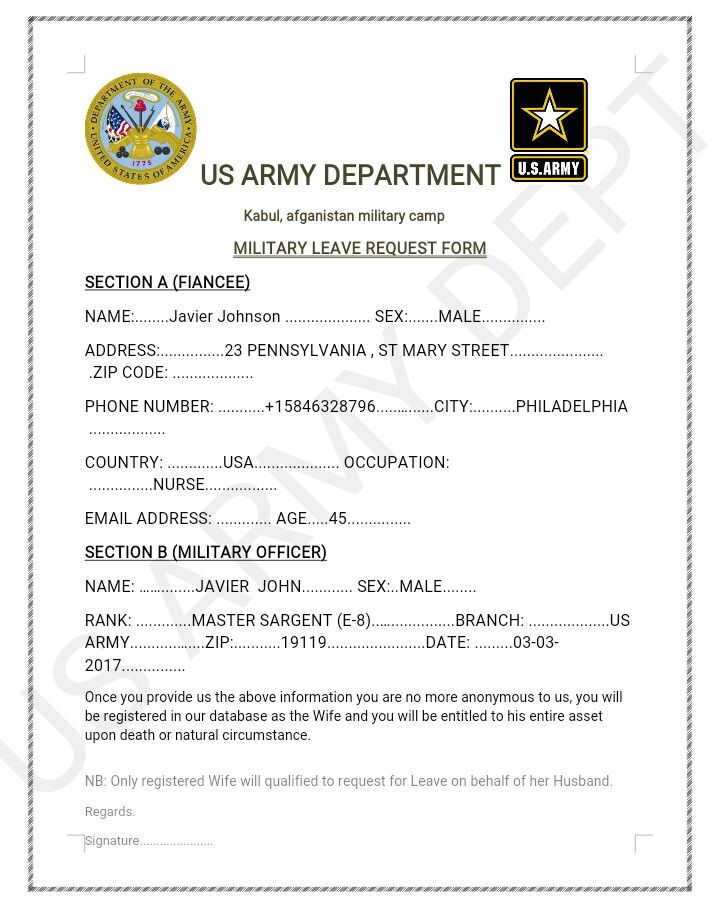 nine0003
nine0003
Despite this, National Guardsmen were sent to Ukraine from the very first day of the invasion. As of September 1, it is known about the death of 245 employees of the National Guard, most of them are employees of special forces (special forces, SOBR and OMON). Almost every fourth of them had an officer's rank.
At least 16 dead Russians are holders of a badge of special distinction, a maroon beret. In the Russian Guard, it is believed that those who have passed the selection for the right to wear such a beret are the elite of the special forces. nine0003 Photo caption,
Monuments to fallen special forces soldiers on the territory of the Russian Guard detachment in Kazan
According to open data, as of September 1, the 25th special forces detachment "Bars" from Kazan suffered the most casualties. In Ukraine, 10 of his employees were killed, including two officers. Judging by the monument on the territory of the unit, during the six months of the war in Ukraine, the detachment lost as many people as during the 10 years of the armed conflict in Chechnya.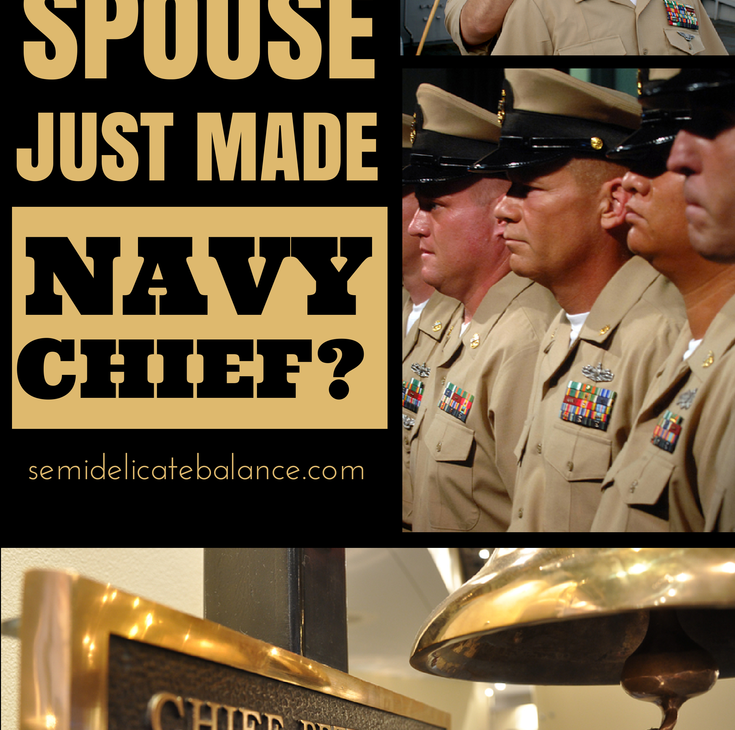
Similar losses were suffered by the special forces detachment "Mercury" from the city of Smolensk. According to the results of a small investigation, the BBC was able to confirm the death of at least 10 employees of the detachment. nine0003
On July 28, the veteran organization “Brotherhood of Maroon Berets-Penza” published a video showing a memorial corner at the location of the 26th “Mercury” special forces detachment. On the table are photographs of 18 commandos with black memorial ribbons, next to them are two carnations.
After a brief BBC post about the video's findings, the original post was removed, but a saved copy remains online.
Comparing video stills with data in open sources, the BBC was able to confirm the names of 10 dead commandos, including senior warrant officer Alexander Vishnyakov, warrant officer Pavel Stepanenko, sergeant Maxim Tregubenko, warrant officer Vitaly Kasyanov, corporal Yaroslav Simakov and others .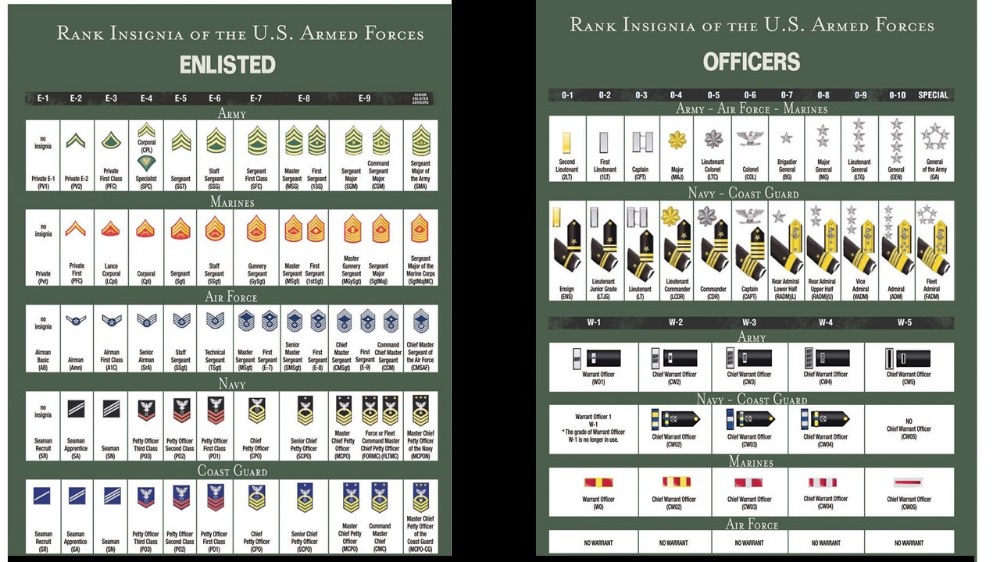 nine0003
nine0003
In the case of Lieutenant Nikita Tsvirenko, it was only indicated that he joined the special forces unit of the Russian Guard, but it was not specified in which city. The BBC noticed that in 2021-2022, Nikita Tsvirenko applied for football and orienteering competitions in Smolensk, where Mercury is based. His photograph and date of birth match the published image of the deceased officer.
It is also reported that along with Tsvirenko, the senior lieutenant of the same unit, Anatoly Yezhov, also died. nine0003
Photographs of eight of the 18 commandos (that is, 40% of the alleged losses of "Mercury") have not yet been identified.
We see a similar trend when studying the situation in Russian cemeteries. In search of the graves of Russian military who died after February 24, 2022, we find not only the graves of those whose deaths were publicly reported, but also about the same (and sometimes more) burials of soldiers and officers whose deaths were not reported by the authorities, neither local journalists, nor relatives in social networks.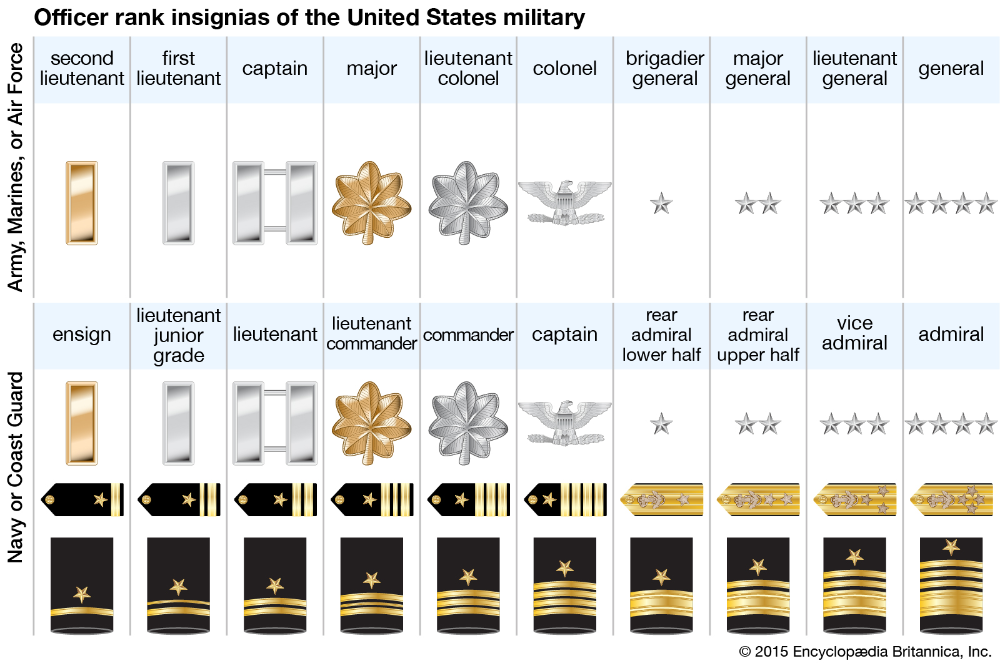 nine0003
nine0003
These observations suggest that the BBC's list of confirmed Russian military casualties may contain at least 40-60% fewer names than those actually buried in Russia.
There are also reports of losses in the Vityaz special forces: there are at least seven dead, including two officers. This detachment was the first special unit in the internal troops, so service there is considered especially prestigious, and the standards of training of fighters are among the highest. nine0003
Author of the photo, Rosgvardia.ru
From open sources, it is known about 20 FSB and FSO officers who died during the invasion of Ukraine. Most of these losses are employees of the border troops who are subordinate to the FSB. However, there are among the dead and officers of the most secret units.
According to Andrey Soldatov, an expert on Russian special services, the FSB Special Purpose Center is actively involved in the hostilities on the territory of Ukraine, including during military operations in the occupied territories (for example, in Kherson).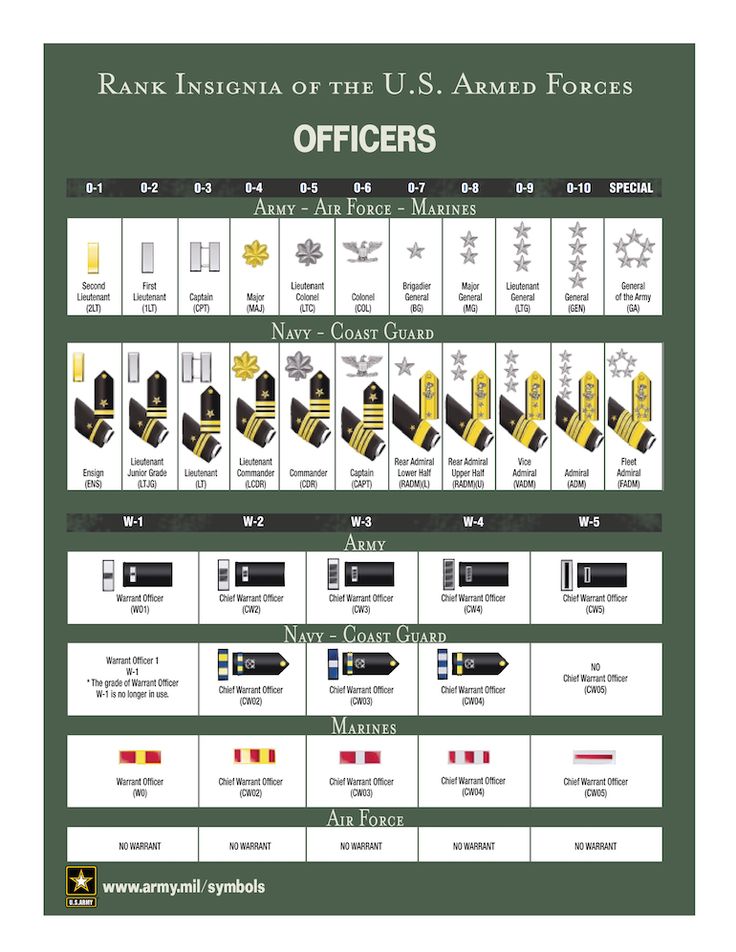 nine0003
nine0003
It is known about the death of Nikolai Gorban, Lieutenant Colonel of the Special Operations Directorate of the Central Security Service of the FSB. Kamchatka media reported on the death of FSB special forces lieutenant colonel Sergei Privalov.
Image copyright, Getty Images
In summer, the grave of Lieutenant Colonel Vladimir Margiev appeared on the "alley of heroes" at the Nikolo-Arkhangelsk cemetery in the Moscow region. Where exactly the officer served is unknown, but in the photograph he is dressed in a dark blue uniform with FSB emblems. According to tradition, employees of the FSB special forces "Alpha" and "Vympel" are buried in this alley, although occasionally there are burials of other military personnel. nine0003
FSB Lieutenant Colonel Aleksey Kryukov, who died in the very first days of the war, is buried in the Yekaterinburg cemetery. On his grave there is a wreath from the department "A" of the FSB, and on the memorial photo - the logo of the "Alpha" detachment.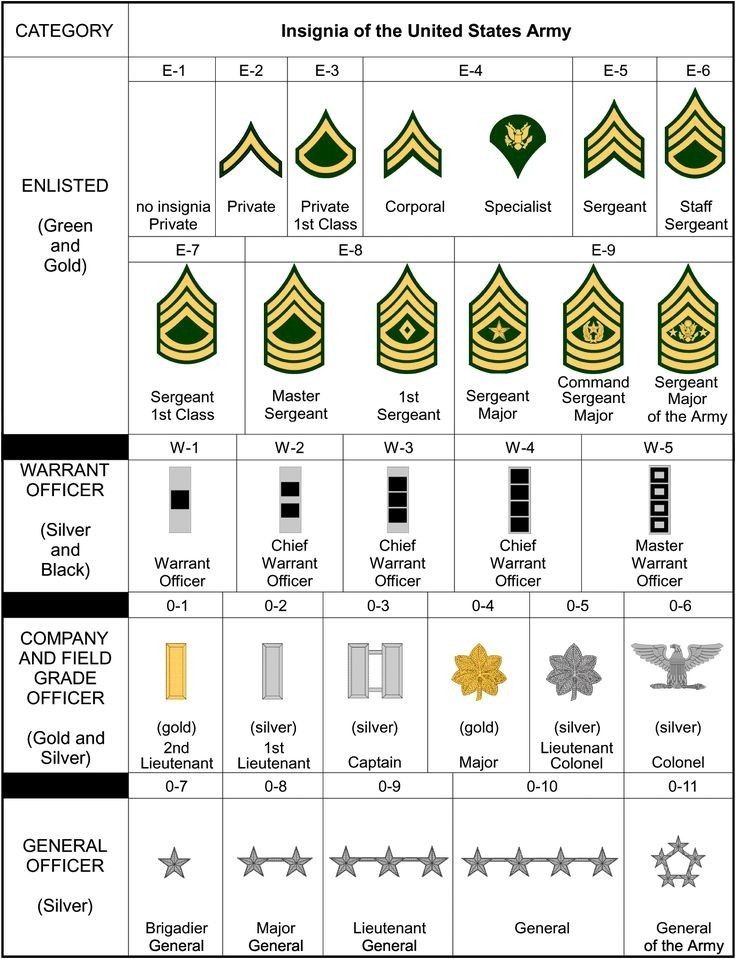 In June, reports were published about the death of the captain of the Alpha, Ilya Tsuprik, but then a version was made that he could have died earlier, in Syria.
In June, reports were published about the death of the captain of the Alpha, Ilya Tsuprik, but then a version was made that he could have died earlier, in Syria.
If all these officers really died in Ukraine, this is a very serious blow for the FSB special forces. For comparison: the last time Alfa lost more than three employees in six months at 1995-1996 - after heavy assaults in Budyonnovsk and Pervomaisky.
Photo author, kremlin.ru
Photo caption,Some paratroopers, who marched through the Red Square in Moscow in May 2021 in full dress, ended up in Ukraine in 2022 and died.
Paratroopers make up exactly one fifth of all identified Russian servicemen who died during the war in Ukraine.
Aside from the experience of several units, Russian infantry formations have not taken an active part in hostilities since the Russian-Georgian war of 2008.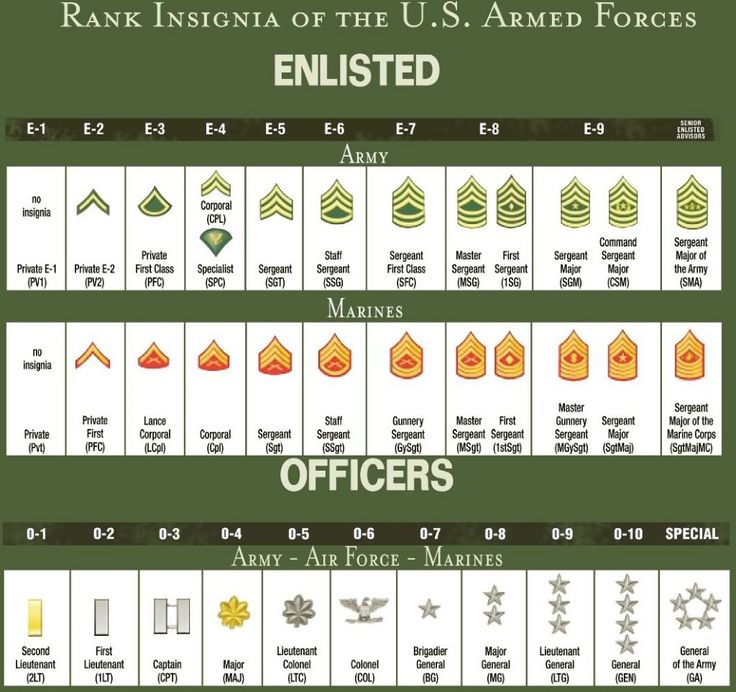 nine0003
nine0003
“Combined-arms units of the RF Armed Forces turned out to be unprepared for assault operations. Moreover, a small part - conceptually, due to a lack of heavy equipment in the staff, and a much larger part - technically, due to the banal inability to conduct close combat with small arms, ”says a retired Russian officer Alexander Aratyunov.
As a result, the main burden of fighting in the first weeks of the war fell on the airborne troops.
Judging by open data, the 331st Guards Regiment of the Airborne Forces from Kostroma suffered the greatest losses: there are only officially more than 80 dead, including the regiment commander and 20 more officers. nine0003
The paratroopers of the 331st regiment were considered one of the strongest units of the Russian army. They regularly won various interdepartmental competitions and repeatedly marched on the cobblestones of Red Square in Moscow on May 9. Soldiers and officers of the regiment were noted in the operations of the Russian army in the Balkans, fought in Chechnya, and also took part in the hostilities on the territory of the Donetsk region of Ukraine in 2014.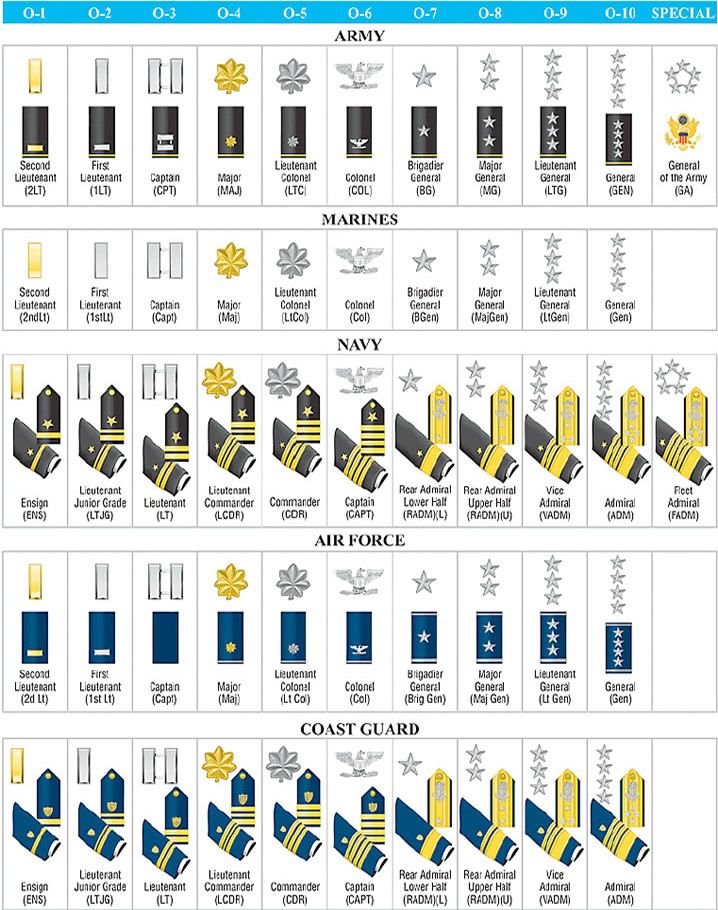
Portraits of some of the fallen paratroopers of the 331st Regiment
An attempt to break through to Kyiv in early March cost the military of the 331st Regiment dozens of lives. After the retreat of the Russians, the unit was briefly withdrawn to Belarus. In early April, the Kostroma paratroopers took part in the battles for Izyum in the Donetsk region, and in May they were transferred to the Luhansk region, near the city of Popasnaya.
Taking into account those military personnel whose deaths were not publicly reported, the real death toll in the 331st regiment could be as high as 150 people. If we add to this the approximate number of wounded (on the basis that for every two dead there are approximately seven wounded), the regiment could have missed 650-670 people. This is more than half of the estimated strength of the 331st regiment at the start of the war. nine0003
The 247th Guards Regiment of the Airborne Forces from Stavropol also suffered serious losses.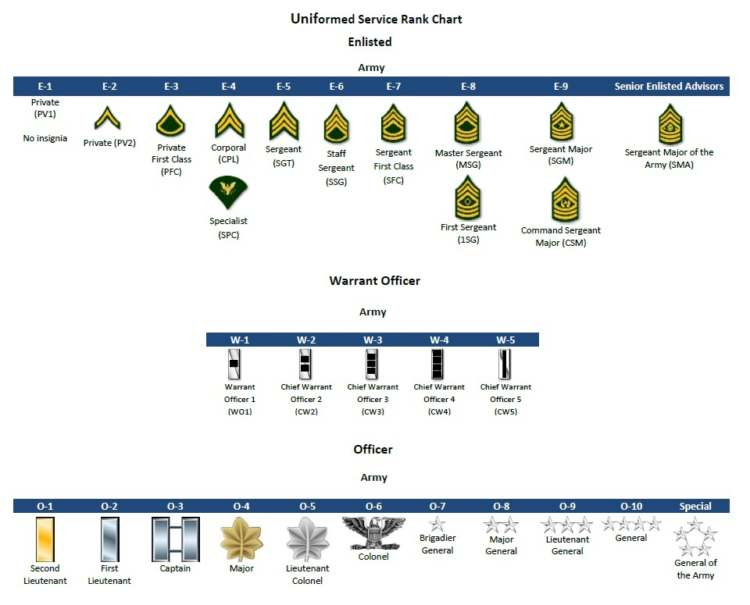 A year before the start of the war, he received a special pennant of the Ministry of Defense "as a sign of special trust and recognition of merit." During the six months of hostilities in Ukraine, the paratroopers lost 63 people, including the regiment commander and at least 12 other officers.
A year before the start of the war, he received a special pennant of the Ministry of Defense "as a sign of special trust and recognition of merit." During the six months of hostilities in Ukraine, the paratroopers lost 63 people, including the regiment commander and at least 12 other officers.
Photo author, PRESS SERVICE OF THE GOVERNOR OF STAVROPOL KRAI
Against the backdrop of incoming reports of casualties, residents of Stavropol proposed to lengthen the Alley of Memory created many years ago in honor of the fallen paratroopers. But in response, the command of the 247th regiment asked to build a parking lot for cars in a free place. nine0003
“It was decided to satisfy the request of the military unit - they now, like no one else, have the right to do so,” said the mayor of Stavropol. The issue of creating a memorial to the memory of those killed in Ukraine was promised to be discussed with the paratroopers "after the end of the special operation.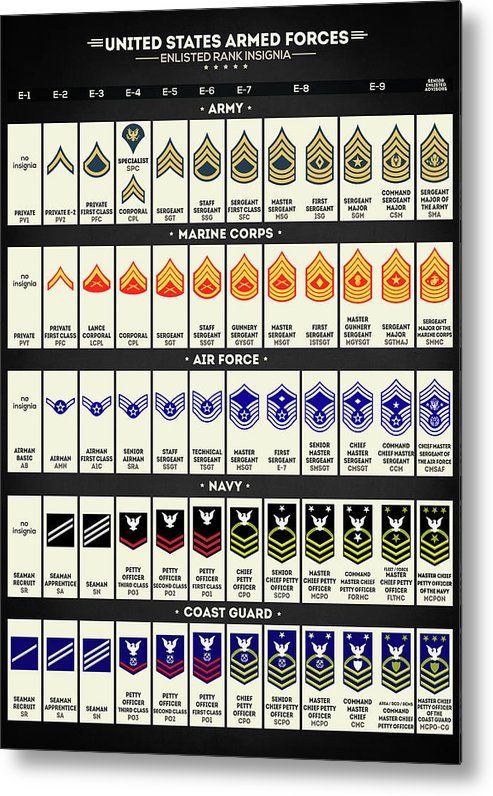 "
"
Much less is known about the losses in the most elite detachment of the Airborne Forces - the 45th Guards Special Forces Brigade, based in Kubinka near Moscow. According to open sources, the BBC managed to establish the death of 14 soldiers of this unit, including one officer. For comparison: in the seven years of Russian military operations in Syria, only three dead soldiers of this brigade were reported. nine0003
Photo by Mil.ru
Photo caption,In 2019-2021, Russian marines took part in dozens of exercises
Russian marines also took an active part in the invasion of Ukraine. They mainly fight on the southern front.
According to open data, the 810th Guards Brigade, based in the annexed Crimea, suffered the most losses. The Marines lost at least 56 people, including the brigade commander: Colonel Alexei Sharov died in March. nine0003
In the comments on the post about the death of another officer, people who knew him wrote that the man “did not manage to get to the hospital”.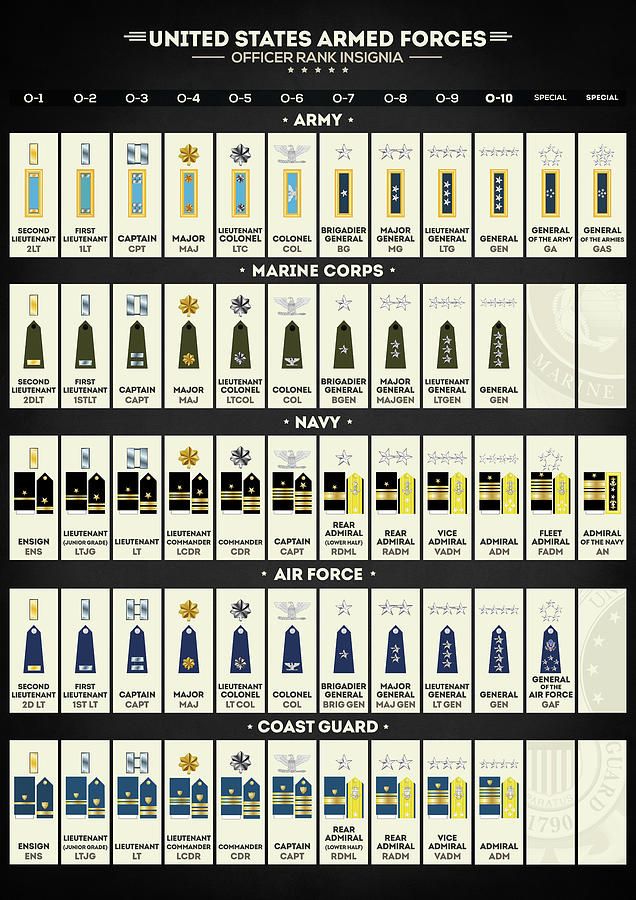 If everything is really so, then this is a vivid illustration of the serious problems of the Russian army: the lack of modern personal first-aid kits and operational channels for evacuating the wounded.
If everything is really so, then this is a vivid illustration of the serious problems of the Russian army: the lack of modern personal first-aid kits and operational channels for evacuating the wounded.
The statutory first aid kits of marines and other Russian military personnel contain a rubber tourniquet of the 60s of the last century and do not include modern tourniquets, hemostatic agents and occlusive plasters, which have long been introduced into the medical pouches of NATO countries. Because of this, the wounded soldiers of the Russian army are much less likely to survive than their Western counterparts. nine0003
The author of the photo, Mil.ru
"The fact that soldiers are equipped with first-aid kits and real skills in quickly providing first aid to the wounded on the battlefield play a huge role in the war. This directly affects the number of casualties and the number of survivors. Russia has already stepped on this rake in Chechnya, when for a long time she could not establish an effective system for the evacuation of her wounded.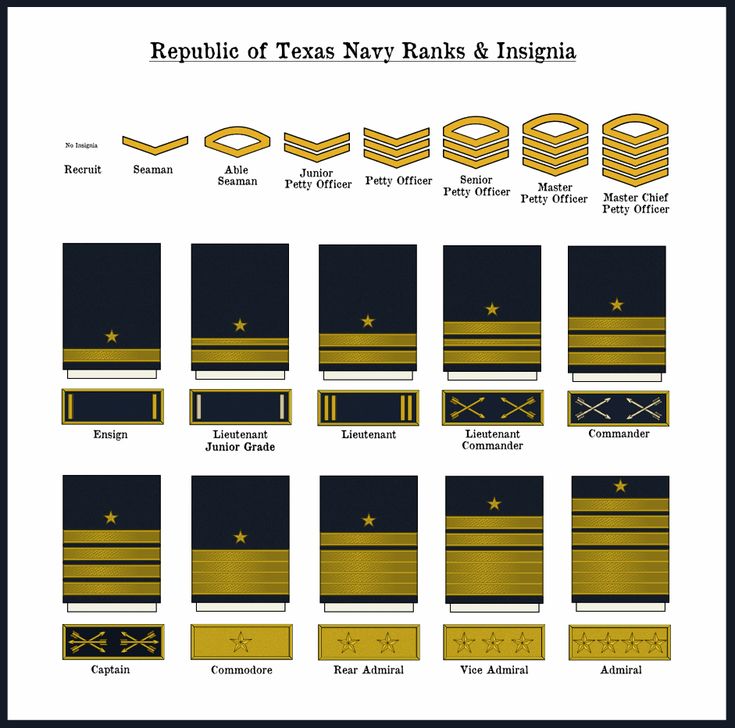 It is unlikely that this time Moscow took into account the mistakes made in matters of medical care," said Sarah Ashbridge, professor at the Royal Institute of Defense Research. nine0003
It is unlikely that this time Moscow took into account the mistakes made in matters of medical care," said Sarah Ashbridge, professor at the Royal Institute of Defense Research. nine0003
By August, many fighting Russian soldiers and officers received new personal first-aid kits. They were bought by volunteers with money collected for the military throughout the country.
The 336th Guards Brigade lost 40 marines, including the chief of staff of the brigade with the rank of colonel and the political officer of the brigade with the rank of lieutenant colonel.
Also known about 52 dead from the 155th Guards Brigade, including eight officers.
Photo by the Press Service of the Ministry of Defense of the Russian Federation
As of September 1, the BBC has information on 67 Russian military pilots who died during the invasion of Ukraine (including navigators and flight mechanics).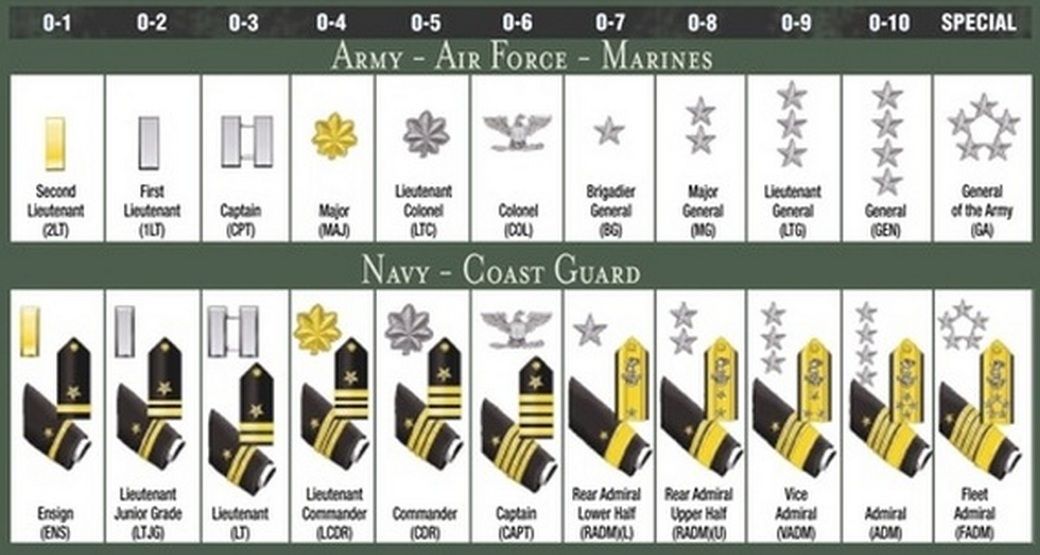
This is a special category of losses, since the crews of combat aircraft and helicopters are piece specialists and the elite of any army in the world. The training of one sniper pilot can take 15-17 years and costs 12-14 million dollars.
Despite the formal presence of hundreds of modern and combat-ready multi-role fighters and fighter-bombers, Russian aerospace forces were unable to conduct a large-scale offensive air campaign, experts say. It is possible that this is due to the loss of leading military pilots in the first months of the war. nine0003
“In practice, the number of Russian pilots with the necessary skills and experience to use the full potential of multi-role fighters is very limited,” said Justin Bronk, senior analyst at the Royal Institute for Defense Studies.
“Many Russian pilots fly about 80 hours a year. And this is not enough to really fulfill the primary role that they have been entrusted with,” he continues.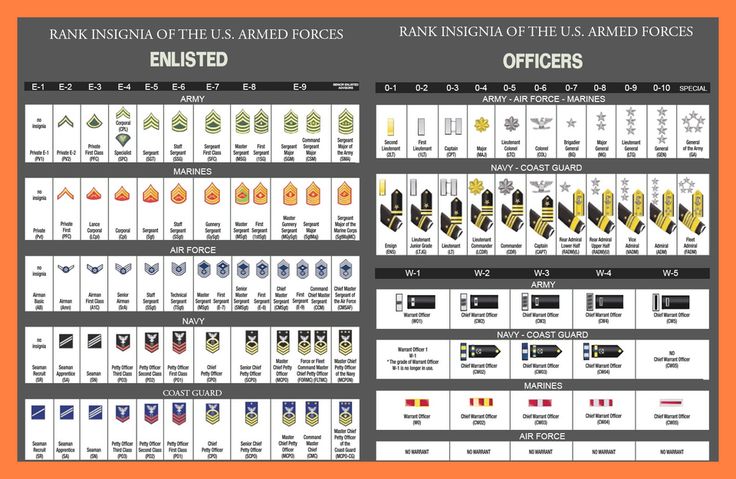
Photo by kremlin.ru
Data on losses among pilots may be an indirect confirmation of the expert's words. At least five of the dead pilots are people over 50 years old. It is known that some of them should have retired a few years ago. Their participation in combat sorties may be evidence of a shortage of a younger generation of qualified and motivated pilots.
At the same time, dozens of experienced pilots were shot down in the first weeks of the war. For example, the commander of an aviation regiment from Transbaikalia died on the very first day of hostilities. An aviation commander with experience in the war in Georgia and Syria did not return from the flight on March 8. nine0003
According to British intelligence, for many years the military pilot training program in Russia followed a strict and pre-approved plan, which had the goal of impressing high-ranking officials.
Such a system could suppress the initiative and did not contribute to the development of the skill to quickly make independent decisions.